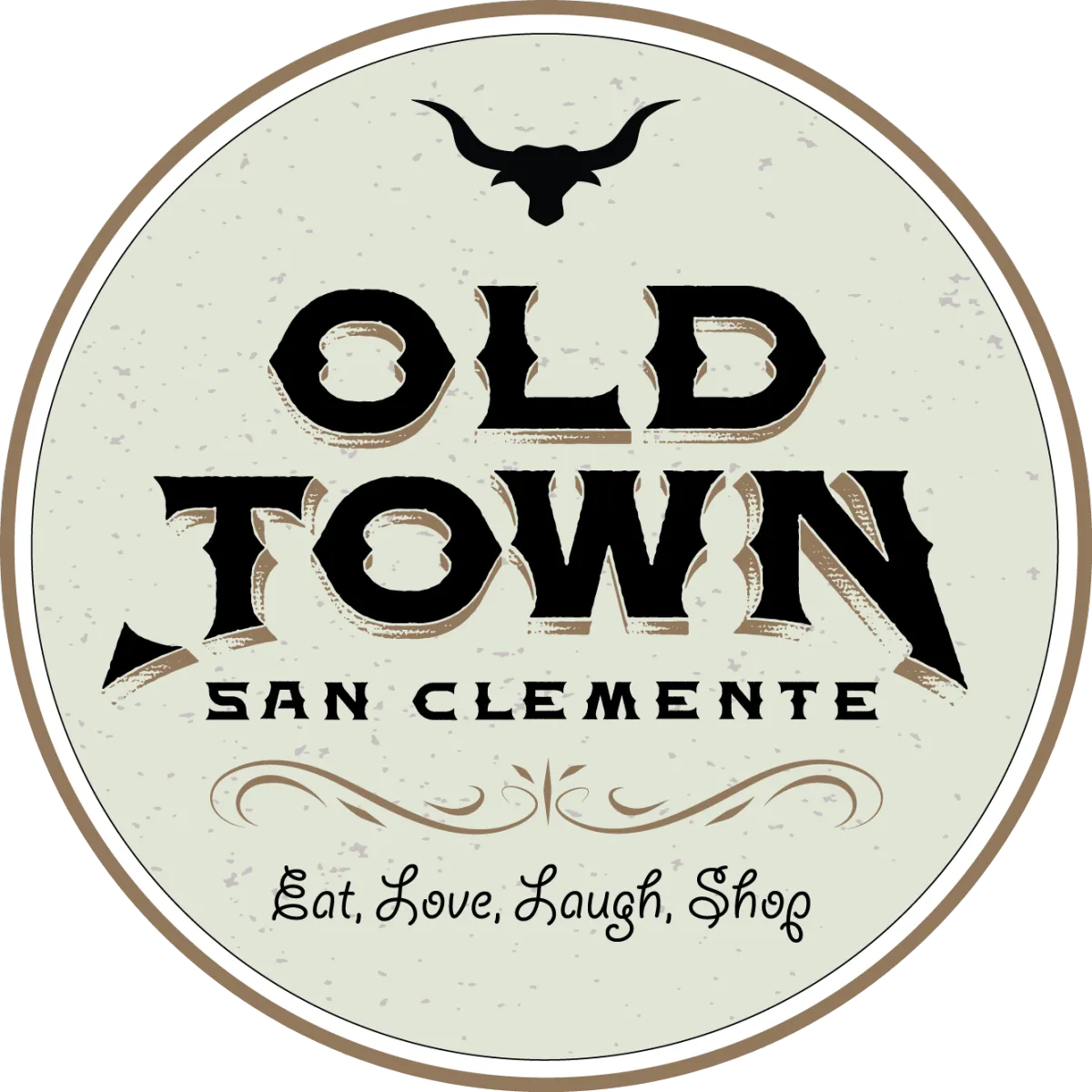Welcome
In the heart of San Clemente, looking over the festive holiday scene, stood a majestic little Old Town Wild West Buffalo Bill the Nutcracker that captures the imagination of all who passed by.
Wild West Buffalo Bill (Aka
William Frederick Cody) is the Visionary of the Western World and so the Nutcracker celebrates the values he left with us. From the death of his father from defending anti-slavery, equal pay for men and women, making friends out of your enemies, hard work and having multiple jobs, being the greatest showman on earth, giving high paying jobs to Indians and less fortunate while giving them the ability to improve their lives. From his metal of honor he understood laying down and risking your life for your friends. From having the favor and inspiring Kings, Queens, Leaders, generals and learning to be a great business man rising out of poverty, he exudes the American spirit of hard work at making a world a better place. The Great Showman (Before Hollywood existed) that connects everyone to believe in Western philosophy that working together there a better life for everyone.
This little figure with a big hat exudes the Wild West and its philosophies of drawing people together to improve our situation.
Each year, the little Bill nutcracker would come to life, spreading cheer and enchantment throughout the town. Its a symbol of unity and celebration, drawing people together in the joyous embrace of Wild West Spirit. Check out the Wild West Buffalo Bill Nutcracker and get a photo with him.
-
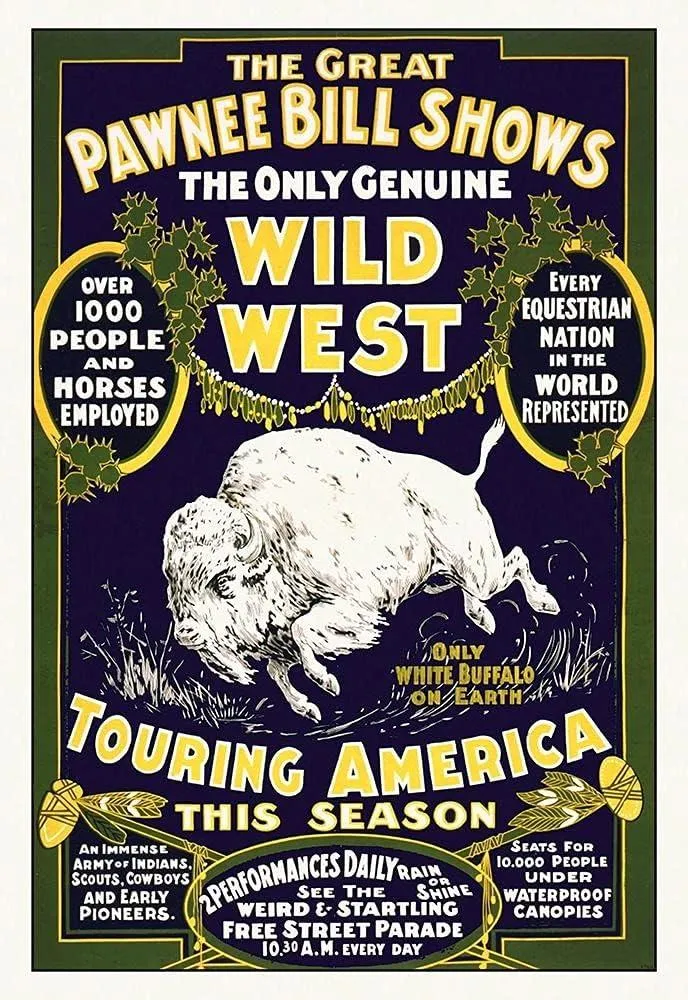


Testimonials


Noah R.

Quaint vintage strip mall featuring a variety of captivating establishments, with a particular emphasis on enticing dining options. Ample and convenient parking available on the premises. Don't miss the whimsical attraction "Bill the Nutcracker," a delightful highlight that never fails to bring joy – my sons were thoroughly amused during their visit!
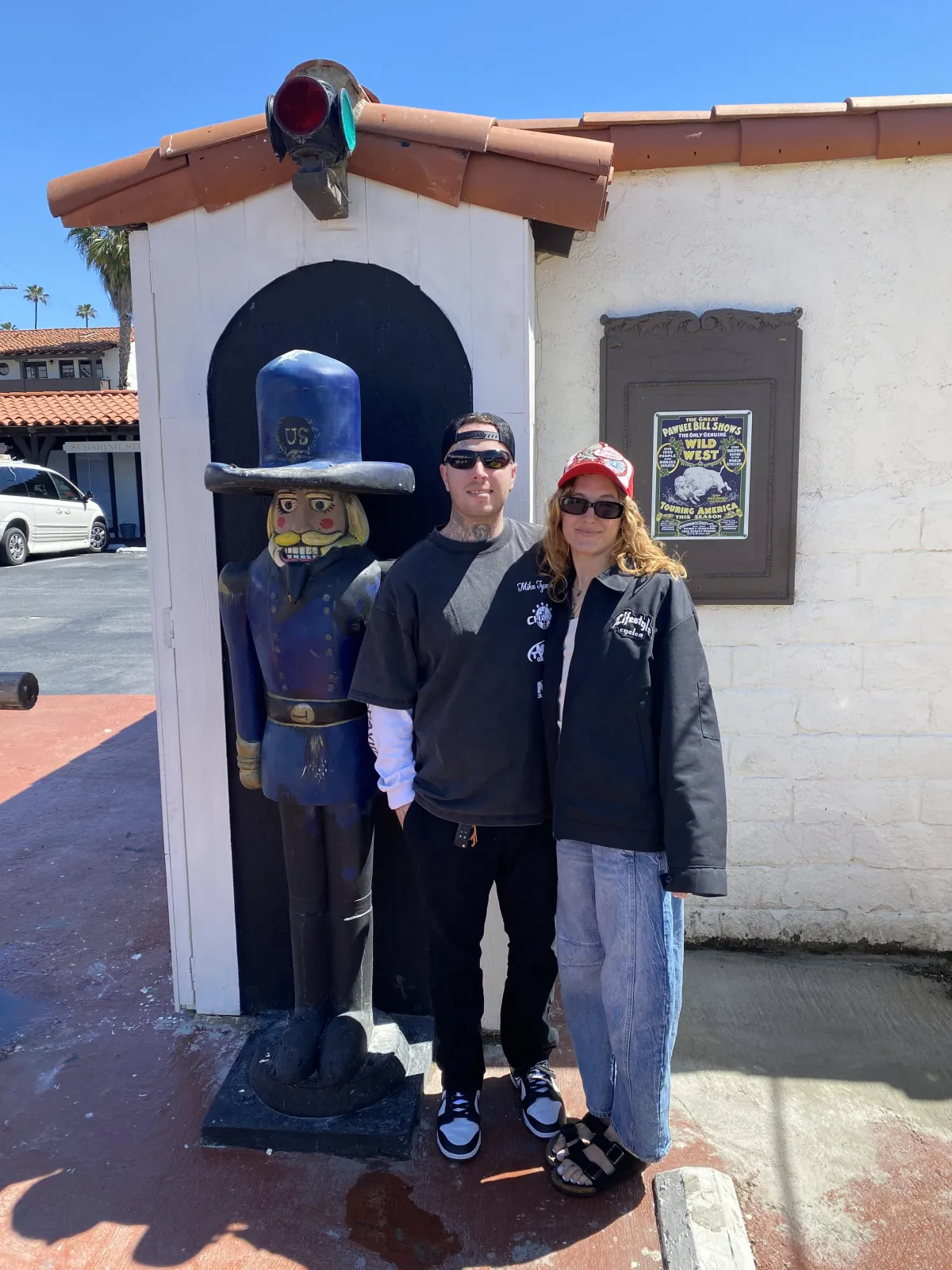


Lily J.

Enchanting historic old town in san clemente with a bustling central area, yet I couldn't help but notice a timeless fixture on the outskirts – a nutcracker that remains a constant presence, greeting visitors through every season each time I come around.

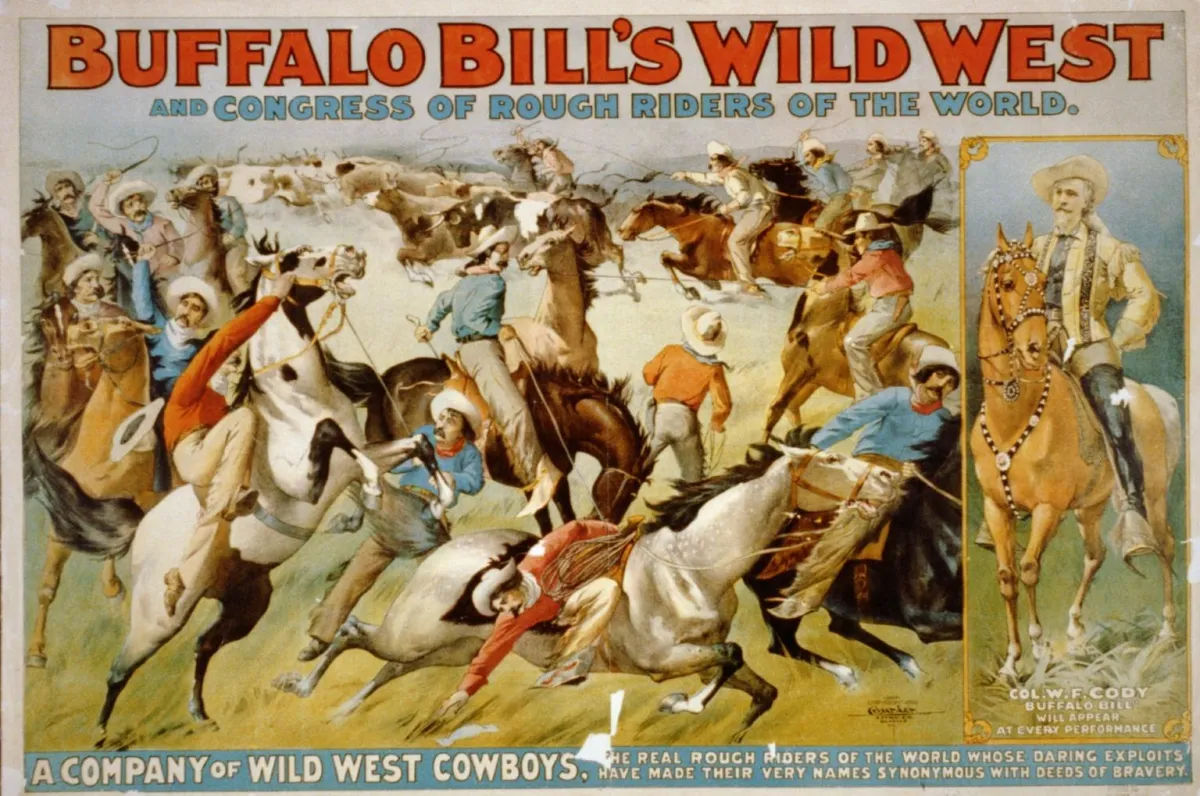


Liam F.

An incredible atmosphere with a diverse array of shops and restaurants. And let's not forget the charming character, Bill the Nutcracker, adding a touch of whimsy to the experience.
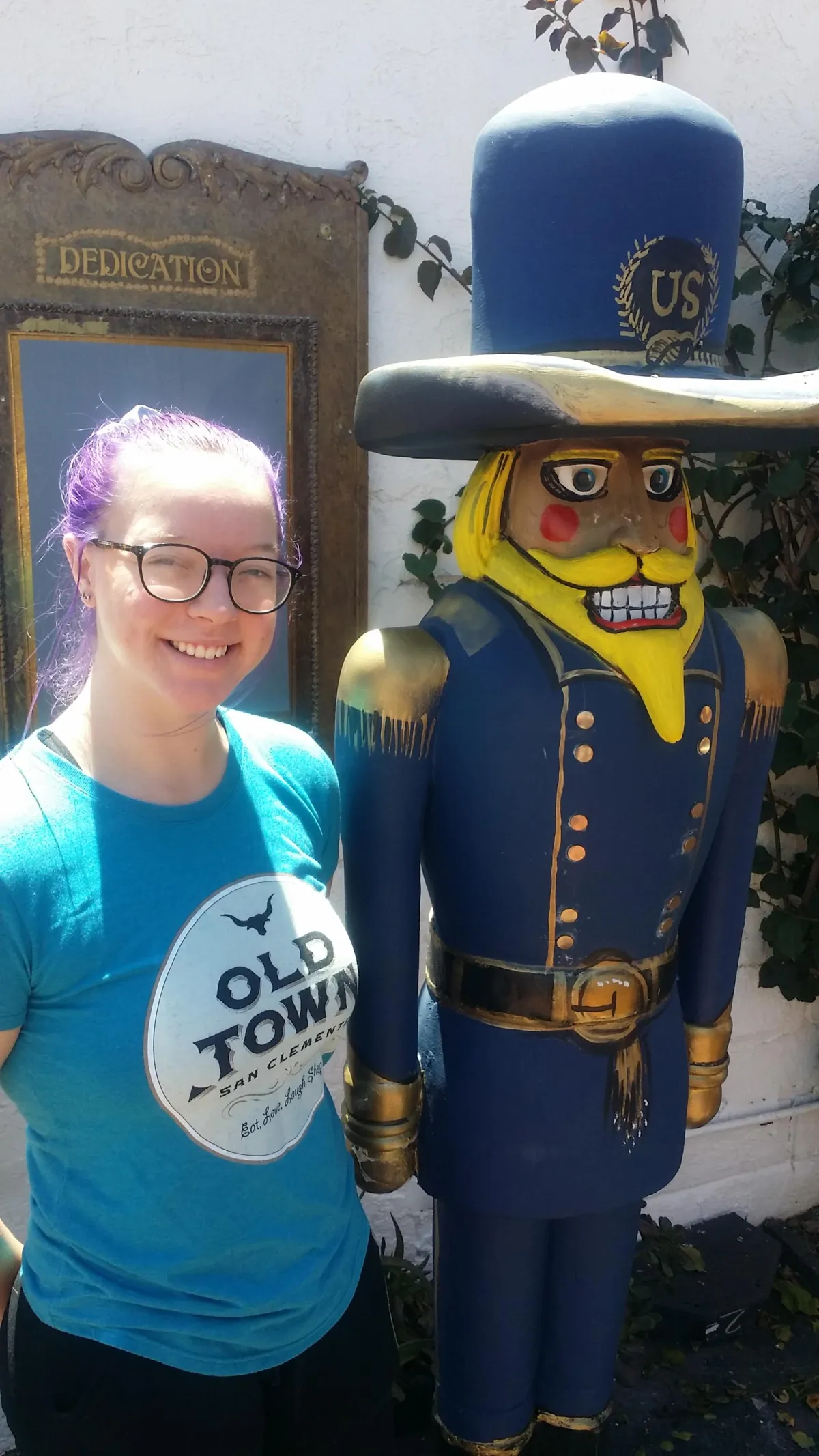
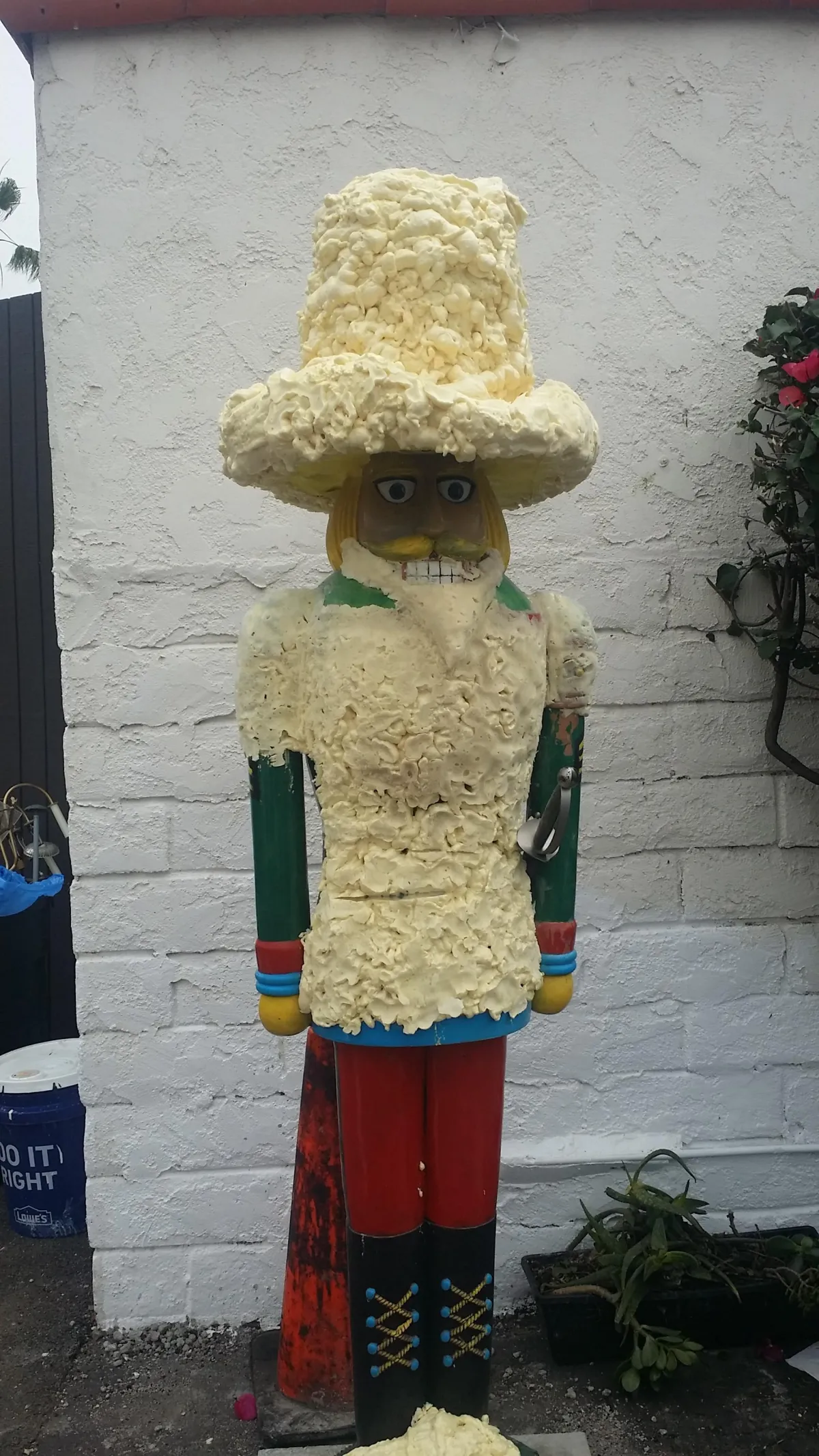
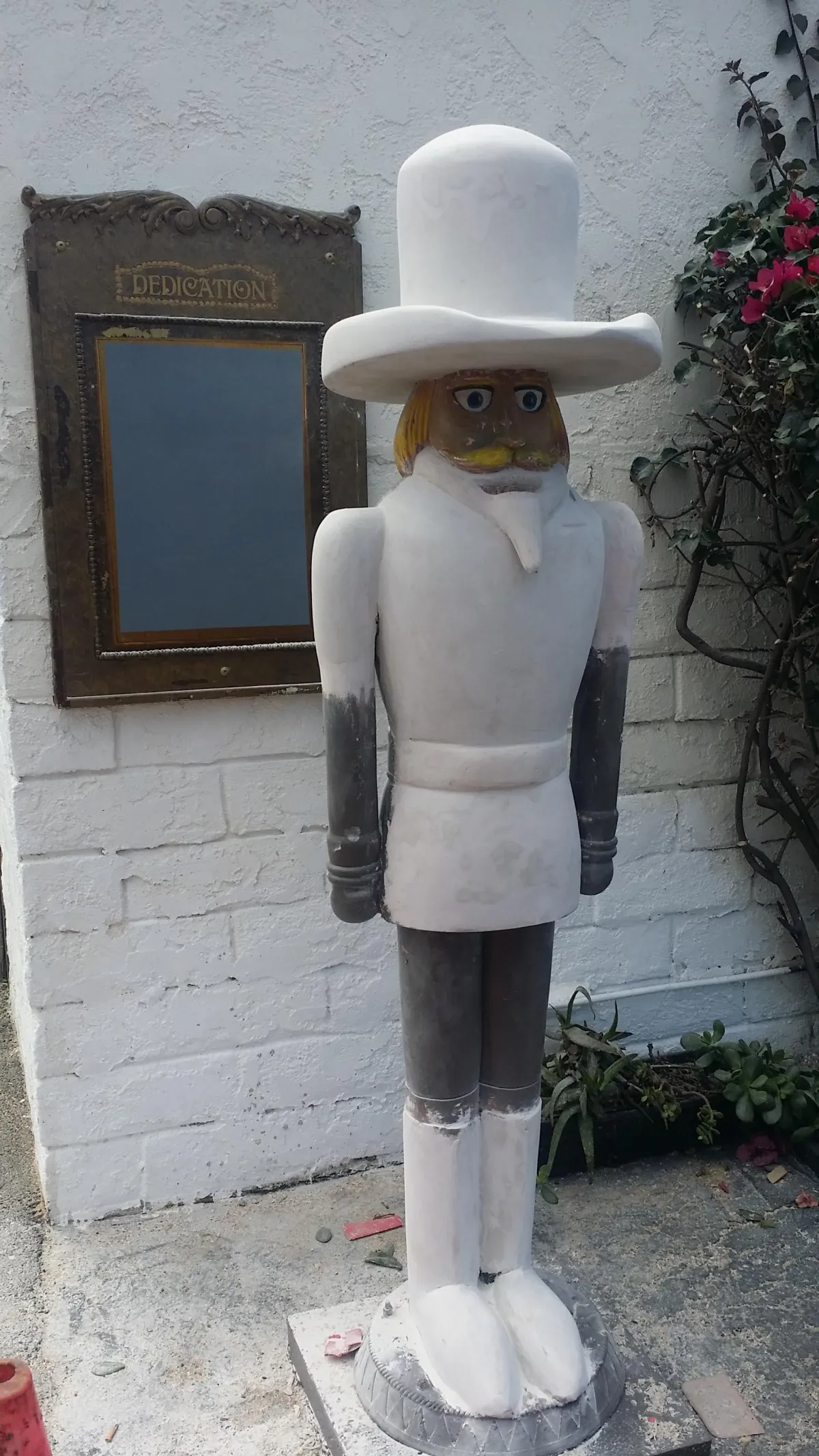
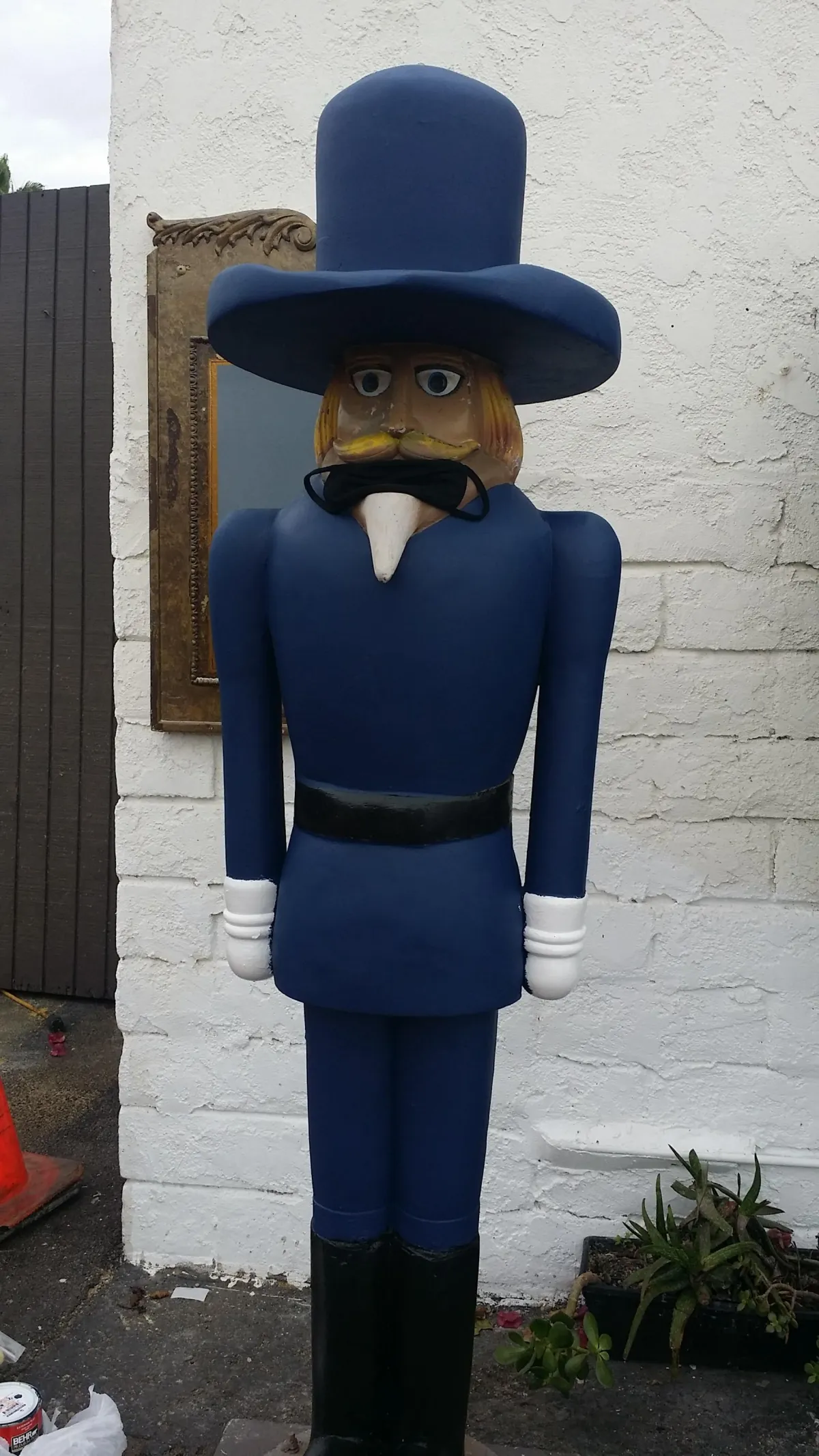




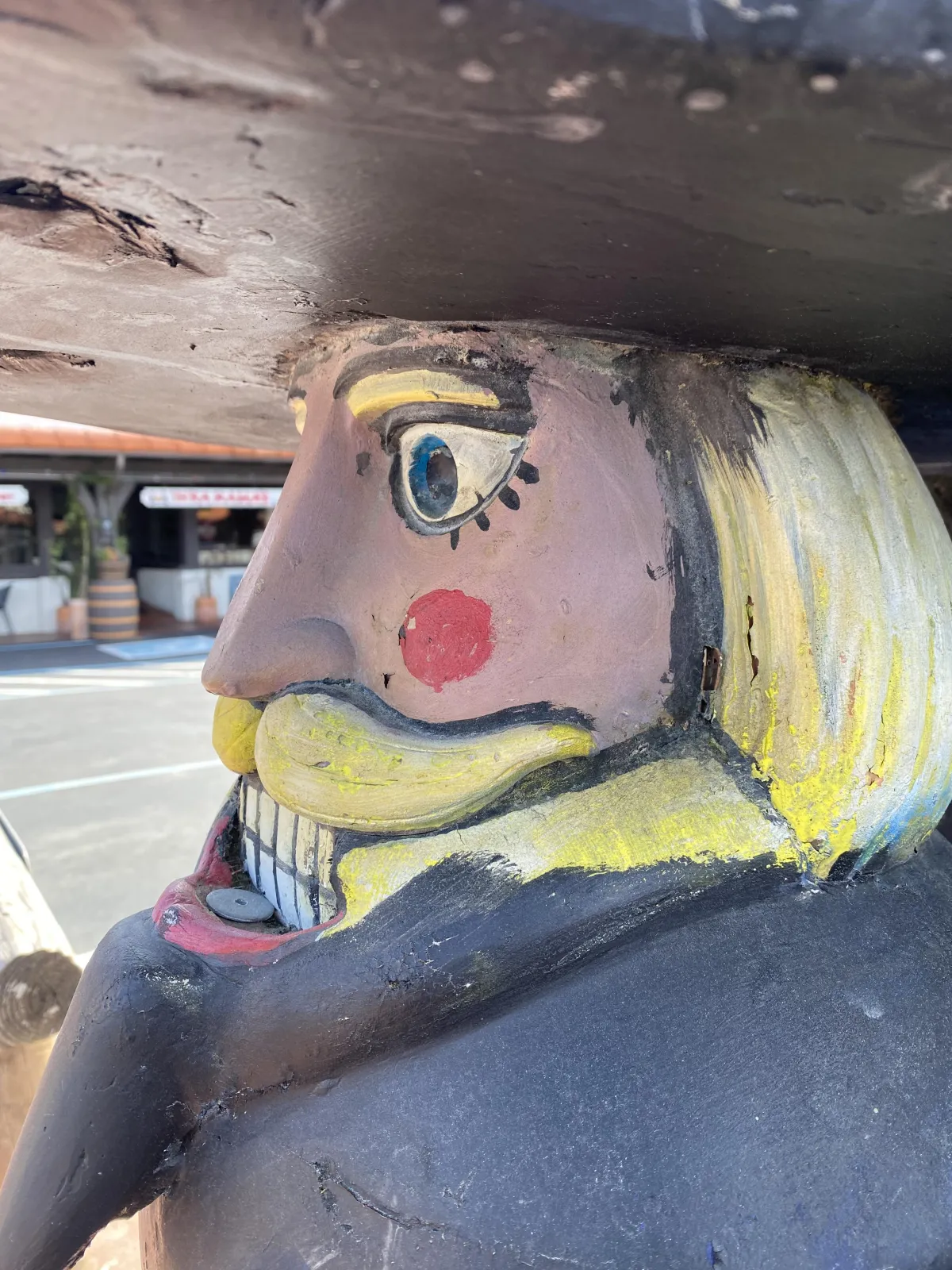
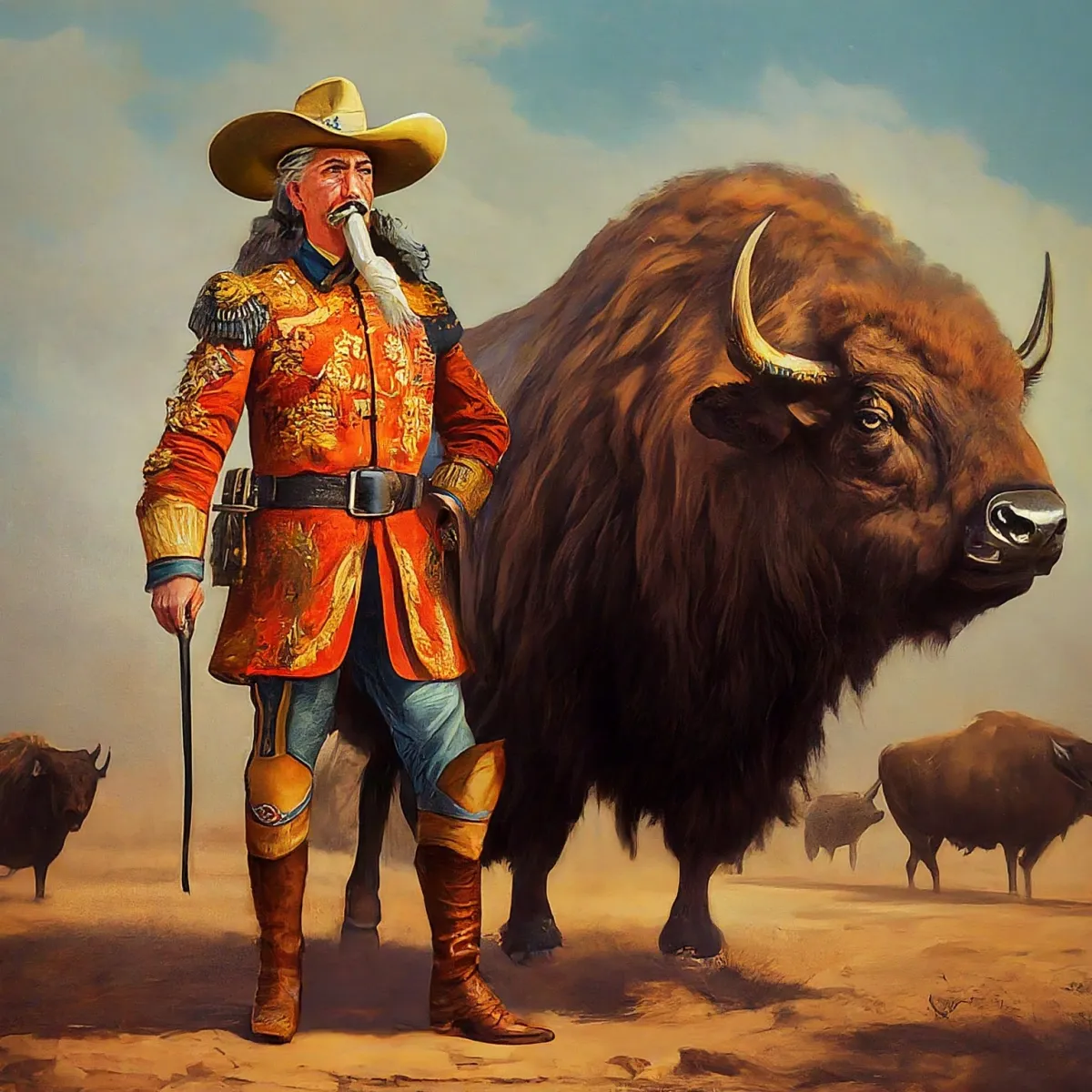
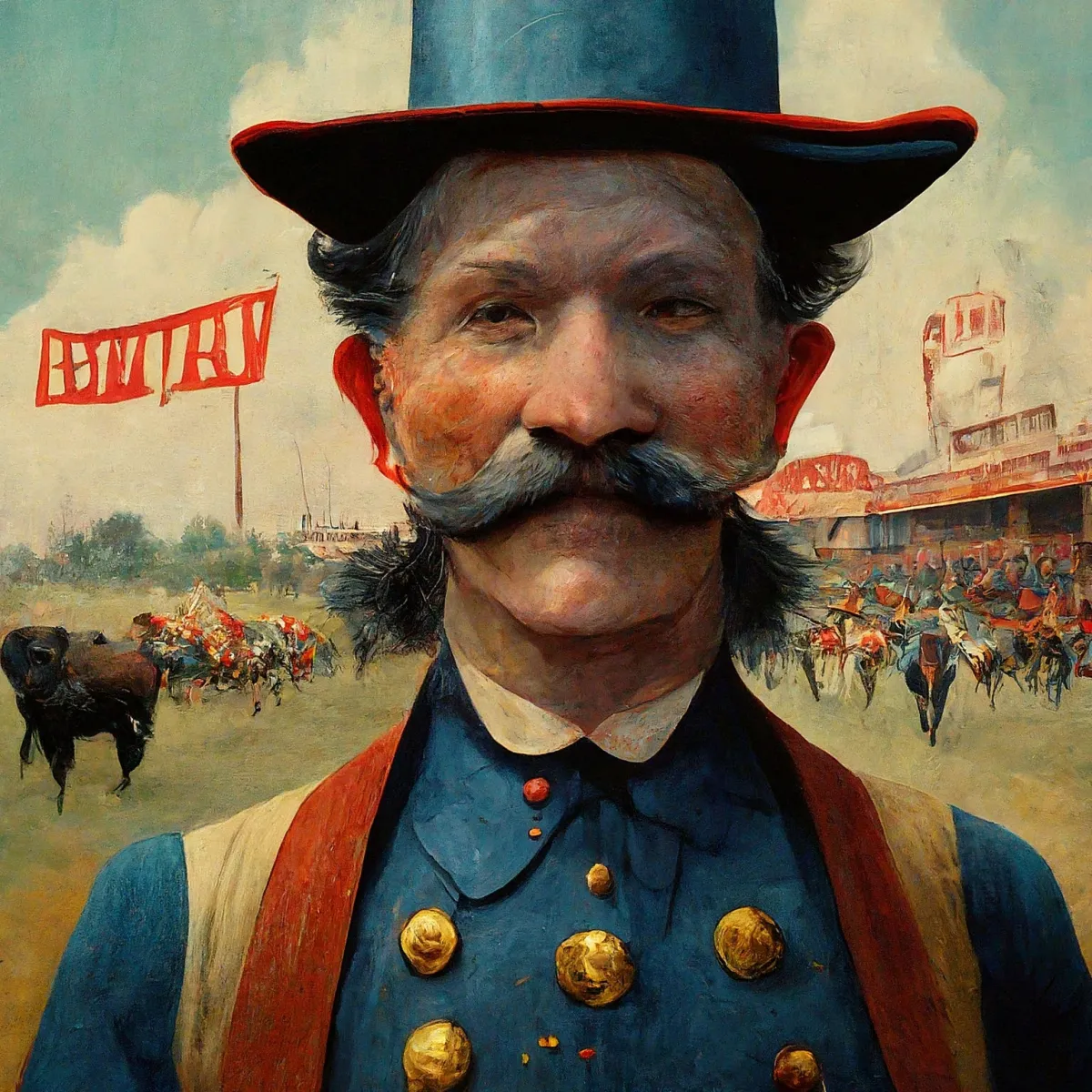
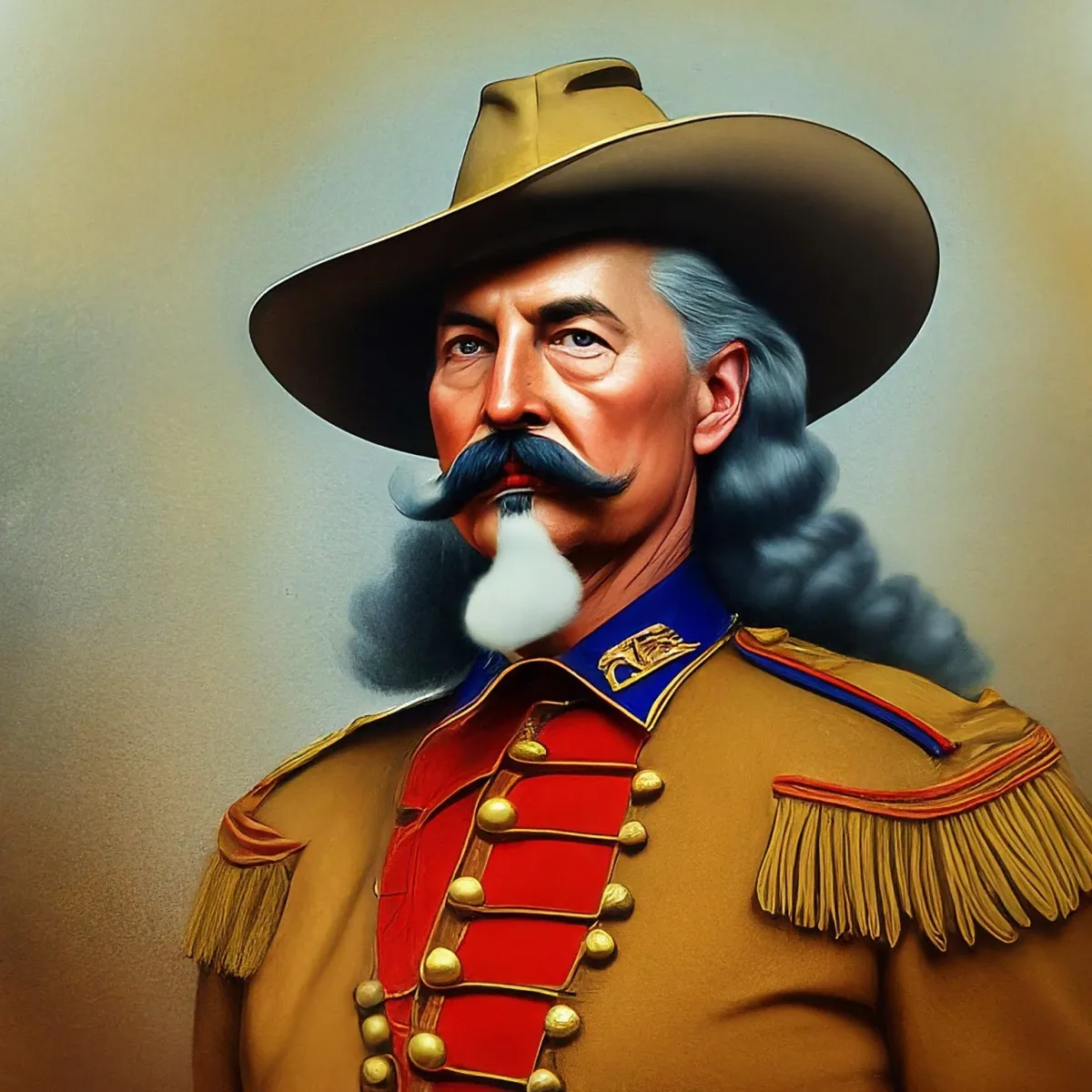
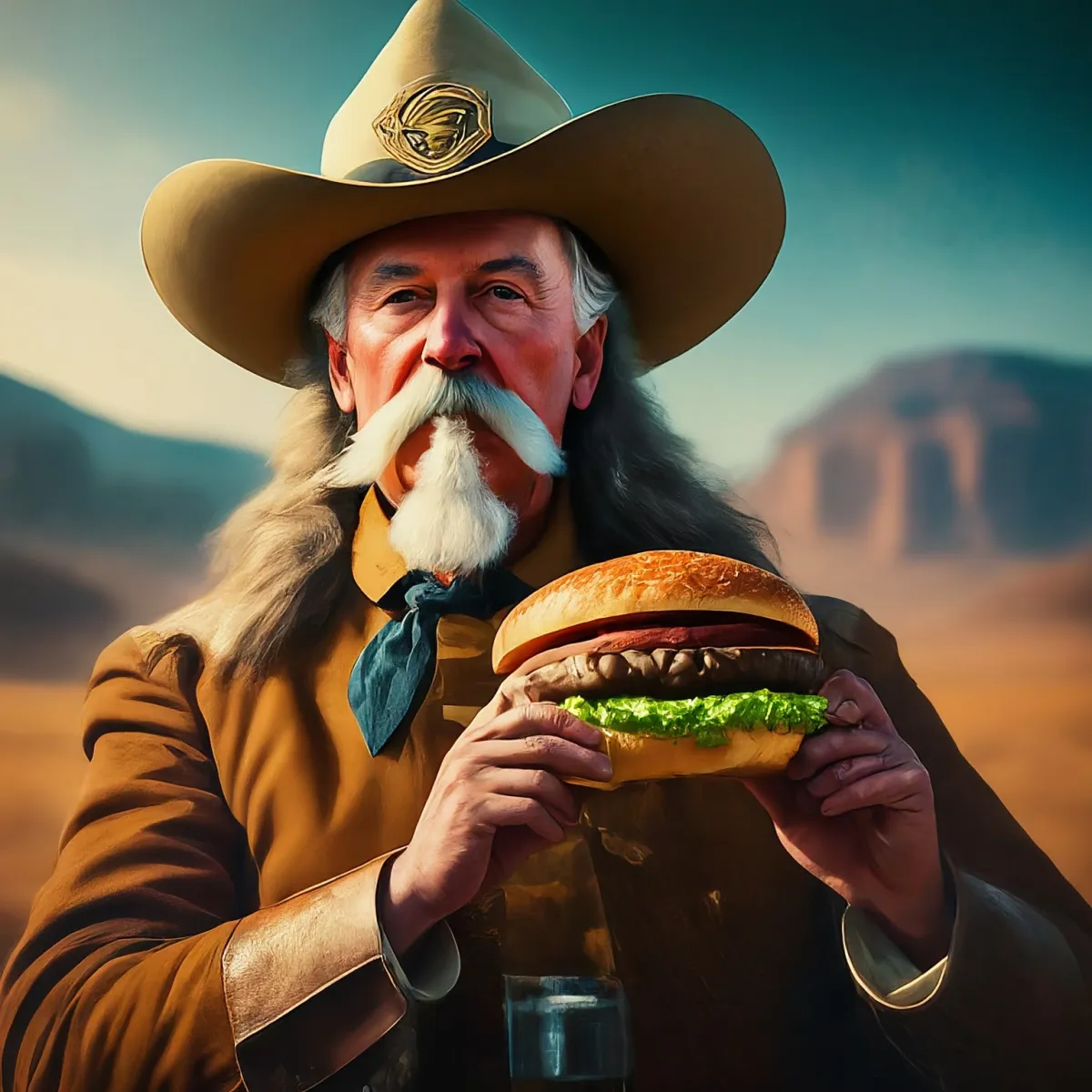
About Wild Buffalo Bill, Showmanship and Nutcrackers
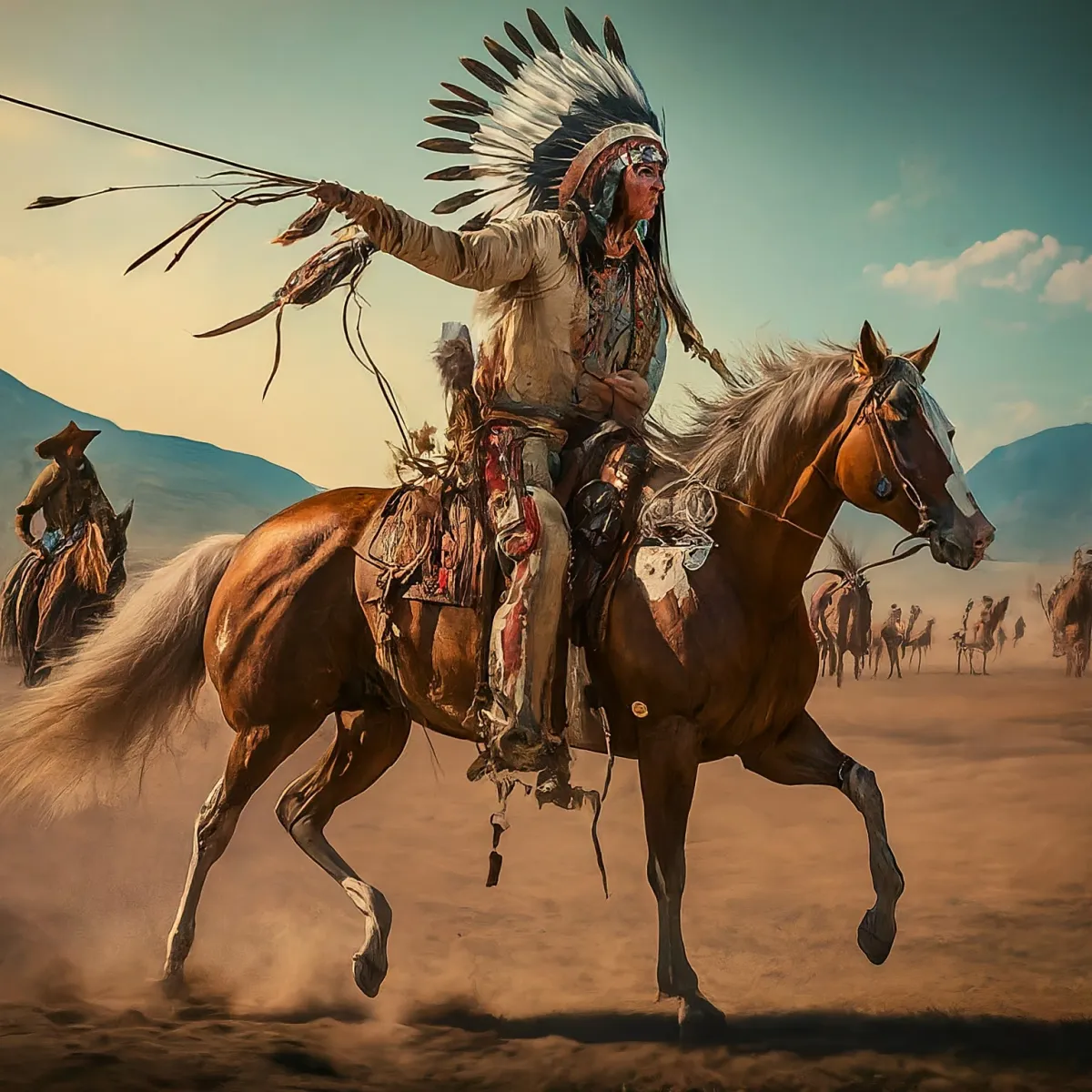
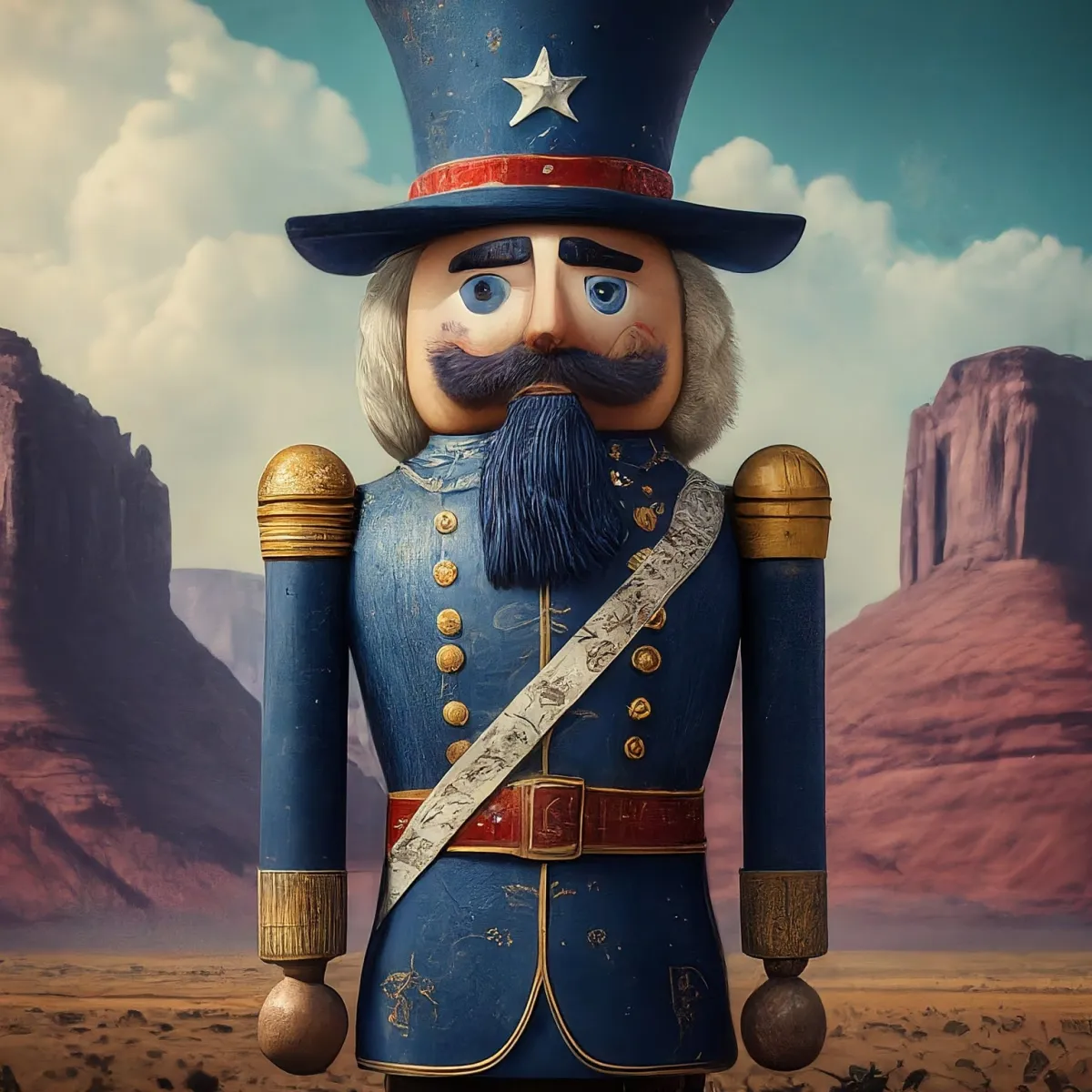
WILD BUFFALO BILL NUTCRACKER is located in
Old Town San Clemente California.
HISTORY OF NUTCRACKERS
A nutcracker is a tool designed to open nuts
by cracking their shells. There are many designs, including levers, screws, and ratchets. The lever version is also used for cracking lobster and crab shells. A decorative version portrays a person whose mouth forms the jaws of the nutcracker.
Nutcrackers in the form of wood carvings
of a soldier, knight, king, or other profession have existed since at least the 15th century. Figurative nutcrackers are a good luck symbol in Germany, and a folktale recounts that a puppet-maker won a nutcracking challenge by creating a doll with a mouth for a lever to crack the nuts.
These nutcrackers portray a person with a large mouth which the operator opens by lifting a lever in the back of the figurine. Originally one could insert a nut in the big-toothed mouth, press down and thereby crack the nut. Modern nutcrackers in this style serve mostly for decoration, mainly at Christmas time, a season of which they have long been a traditional symbol. Pyotr Ilyich Tchaikovsky's ballet The Nutcracker, based on a story by E. T. A. Hoffmann, derives its name from this festive holiday decoration.
Decorative nutcrackers became popular in the United States after the Second World War, following the first US production of The Nutcracker ballet in 1940 and the exposure of US soldiers to the dolls during the war. In the United States, few of the decorative nutcrackers are now functional, though expensive working designs are still available.
Many of the woodworkers in Germany were in
Erzgebirge, in the Soviet zone after the end of the war, and they mass-produced poorly-made designs for the US market. With the increase in pre-shelled nuts, the need for functionality was also lessened. After the 1980s, Chinese and Taiwanese imports that copied the traditional German designs took over. The recreated "Bavarian village" ofLeavenworth, Washington, features a nutcracker museum. Many other materials also serve to make decorated nutcrackers, such as porcelain, silver, and
brass; the museum displays samples. The
United States Postal Service (USPS) issued four stamps in October 2008 with custom-made nutcrackers made by Richmond, Virginia artist Glenn Crider.
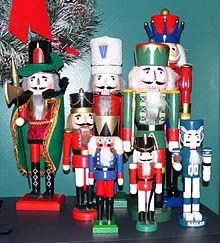
ABOUT BUFFALO BILL
William Frederick Cody
(February 26, 1846 – January 10, 1917), known as
Buffalo Bill, was an American soldier, bison hunter, and showman.
One of the most famous and well-known figures of the American Old West Cody started his legend when he was only 23. Shortly thereafter he started performing in shows that displayed cowboy themes and episodes from the frontier and Indian Wars. He founded Buffalo Bill's Wild West in 1883, taking his large company on tours in the United States and, beginning in 1887, in Europe.
He was born in Le Claire, Iowa Territory (now the U.S. state of Iowa), but he lived for several years in his father's hometown in modern-day Mississauga, Ontario, Canada, before the family returned to the Midwest and settled in the Kansas Territory. Buffalo Bill started working at the age of 11, after his father's death, and became a rider for the Pony Express at age 15. During the American Civil War, he served the Union from 1863 to the end of the war in 1865. Later he served as a civilian scout for the U.S. Army during the Indian Wars. While he was initially awarded the Medal of Honor in 1872 for his actions in the Indian Wars, he was among 910 recipients to have the award rescinded in 1917. Congress reinstated the medals for Cody and four other civilian scouts in 1989.
Cody was born on February 26, 1846, on a farm just outside Le Claire, Iowa. His father, Isaac Cody, was born on September 5, 1811, in Toronto Township,
Upper Canada, now part of Mississauga, Ontario, directly west of Toronto. Mary Ann Bonsell Laycock, Bill's mother, was born about 1817 in Trenton, New Jersey. She moved to Cincinnati to teach school, and there she met and married Isaac. She was a descendant of Josiah Bunting, a Quaker who had settled in Pennsylvania. There is no evidence to indicate Buffalo Bill was raised as a Quaker.
In 1847 the couple moved to Ontario, having their son baptized in 1847, as William Cody, at the Dixie Union Chapel in Peel County (present-day
Peel Region, of which Mississauga is a part), not far from the farm of his father's family. The chapel was built with Cody money, and the land was donated by Philip Cody of Toronto Township. They lived in Ontario for several years.
In 1853, Isaac Cody sold his land in rural
Scott County, Iowa, for $2,000 (equivalent to $73,248 in 2023), and the family moved to Fort Leavenworth, Kansas Territory. In the years before the Civil War, Kansas was overtaken by political and physical conflict over the slavery question. Isaac Cody was against slavery. He was invited to speak at Rively's store, a local trading post where pro-slavery men often held meetings. His antislavery speech so angered the crowd that they threatened to kill him if he did not step down. A man jumped up and stabbed him twice with a Bowie knife. Rively, the store's owner, rushed Cody to get treatment, but he never fully recovered from his injuries.
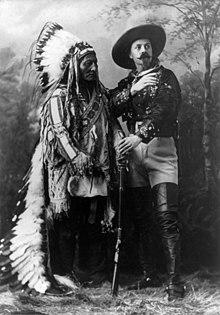
In Kansas, the family was frequently persecuted by pro-slavery supporters. Cody's father spent time away from home for his safety. His enemies learned of a planned visit to his family and plotted to kill him on the way. Bill, despite his youth and being ill at the time, rode thirty miles (48 km) to warn his father. Isaac Cody went to Cleveland, Ohio, to organize a group of thirty families to bring back to Kansas, to add to the antislavery population. During his return trip, he caught a respiratory infection which, compounded by the lingering effects of his stabbing and complications from kidney disease, led to his death in April 1857.
After his fathers death, the family suffered financially. At age 11, Bill worked for the freight carrier Russel, Major, and Waddel as a "boy extra". On horseback, he would ride up and down the length of a wagon train and deliver messages between the drivers and workmen. Next, he joined Johnston's Army as an unofficial member of the scouts assigned to guide the United States Army to Utah, to put down a rumored rebellion by the Mormon population of Salt Lake City.
According to Cody's account in Buffalo Bill's Own Story, the Utah War was where he began his career as an "Indian fighter": Presently the moon rose, dead ahead of me; and painted boldly across its face was the figure of an Indian. He wore this war-bonnet of the
Sioux, at his shoulder was a rifle pointed at someone in the river-bottom 30 feet [9 meters] below; in another second he would drop one of my friends. I raised my old muzzle-loader and fired. The figure collapsed, tumbled down the bank and landed with a splash in the water. "What is it?" called McCarthy, as he hurried back. "It's over there in the water." "Hi!" he cried. "Little Billy's killed an Indian all by himself!" So began my career as an Indian fighter.
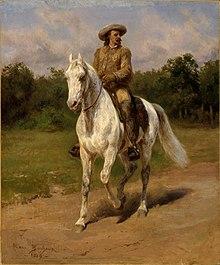
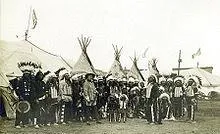
At the age of 14, in 1860, Cody was caught up in the "gold fever", with news of gold at Fort Colville and the Holcomb Valley Gold Rush in California. On his way to the goldfields, however, he met an agent for the Pony Express. He signed with them, and after building several stations and corrals, Cody was given a job as a rider. He worked at this until he was called home to his sick mother's bedside.
Cody claimed to have had many jobs, including
trapper, bullwhacker, "Fifty-Niner" in Colorado, Pony Express rider in 1860, wagonmaster, stagecoach driver, and a hotel manager, and the adventurous rides, hundreds of miles long, that he recounted in the press.
Military Services
After his mother recovered, Cody wanted to enlist as a soldier in the Union Army during the American Civil War but was refused because of his young age. He began working with a freight caravan that delivered supplies to Fort Laramie in present-day Wyoming. In 1863, at age 17, he enlisted as a teamster with the rank of private in Company H, 7th Kansas Cavalry, and served until discharged in 1865.
In 1866, he reunited with his old friend Wild Bill Hickok in Junction City, Kansas, then serving as a scout. Cody enlisted as a scout himself at Fort Ellsworth
and scouted between there and Fort Fletcher (later renamed and moved to Fort Hays). He was attached as a scout, variously, to Captain George Augustus Armes (Battle of the Saline River) and Lieutenant Colonel George Armstrong Custer (guide and impromptu horse race to Fort Larned). It was during this service at Fort Ellsworth that he met William Rose, with whom he would found the short-lived settlement of Rome.
In 1867, with the construction of the Kansas Pacific Railway completing through Hays City and Rome, Cody was granted a leave of absence to hunt buffalo to supply railroad construction workers with meat. This endeavor continued into 1868, which saw his hunting contest with William Comstock. Cody returned to Army service in 1868. From his post in Fort Larned, he performed an exceptional feat of riding as a lone dispatch courier from Fort Larned to Fort Zarah
(escaping brief capture), Fort Zarah to Fort Hays, Fort Hays to Fort Dodge, Fort Dodge to Fort Larned, and, finally, Fort Larned to Fort Hays, a total of 350 miles in 58 hours through hostile territory, covering the last 35 miles on foot. In response,
General Philip Sheridan assigned him Chief of Scouts for the 5th Cavalry Regiment. He was also Chief of Scouts for the Third Cavalry in later campaigns of the Plains Wars. In January 1872, Cody was a scout for the highly publicized hunting expedition of the Grand Duke Alexei Alexandrovich of Russia.
Medal of Honor
Cody was awarded the Medal of Honor in 1872 for documented gallantry above and beyond the call of duty as an Army scout in the Indian Wars.
The value that all scouts provided, whether Native American or otherwise, and how they volunteered to put themselves in harm's way (in the case of Buffalo Bill, saving the lives of several soldiers by rushing onto an active battlefield and pulling them to safety while under fire) instead of pursuing less demanding civilian jobs.
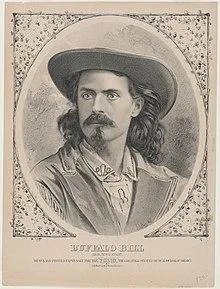
Nickname
"Buffalo Bill" was nicknamed after his contract to supply Kansas Pacific Railroad workers with buffalo meat. Cody received the nickname "Buffalo Bill" after the American Civil War, when he had a contract to supply Kansas Pacific Railroad workers with buffalo (American bison) meat. Cody is purported to have killed 4,282 buffalo in eighteen months in 1867 and 1868. Cody and another hunter, Bill Comstock, competed in an eight-hour buffalo-shooting match over the exclusive right to use the name, which Cody won by killing 68 animals to Comstock's 48. Comstock, part Cheyenne and a noted hunter, scout, and interpreter, used a fast-shooting Henry repeating rifle, while Cody competed with a larger-caliber Springfield Model 1866, which he called Lucretia Borgia, after the notorious Italian noblewoman, the subject of a popular contemporary Gaetano Donizetti opera Lucrezia Borgia, based on Victor Hugo's play of the same name. Cody explained that while his formidable opponent, Comstock, chased after his buffalo, engaging from the rear of the herd and leaving a trail of killed buffalo "scattered over a distance of three miles", Cody – likening his strategy to a billiards player "nursing" his billiard balls during "a big run" – first rode his horse to the front of the herd to target the leaders, forcing the followers to one side, eventually causing them to circle and create an easy target, and dropping them close together.
Birth of the legend
In 1869, the 23-year-old Cody met Ned Buntline, who later published a story based on Cody's adventures in Street and Smith's New York Weekly and then published a highly successful novel, Buffalo Bill, King of the Bordermen, which was first serialized on the front page of the Chicago Tribune, beginning that December 15. Many other sequels followed by Buntline, Prentiss Ingraham and others from the 1870s through the early part of the twentieth century. Cody later became world-famous for Buffalo Bill's Wild West, a touring show which traveled around the United States, Great Britain, and Continental Europe. Audiences were enthusiastic about seeing a piece of the American West. Emilio Salgari, a noted Italian writer of adventure stories, met Buffalo Bill when he came to Italy and saw his show; Salgari later featured Cody as a hero in some of his novels.
GREATEST SHOWMAN: Buffalo Bill's Wild West
In December 1872, Cody traveled to Chicago to make his stage debut with his friend Texas Jack Omohundro in The Scouts of the Prairie, one of the original Wild West shows produced by Ned Buntline. The effort was panned by critics – one critic compared Cody's acting to a "diffident schoolboy" – but the performer was a hit with the sold-out crowds
In 1873, Cody invited "Wild Bill" Hickok to join the group in a new play called Scouts of the Plains. Hickok did not enjoy acting and often hid behind scenery; in one show, he shot at the spotlight when it focused on him. He was therefore released from the group after a few months. Cody founded the Buffalo Bill Combination
in 1874, in which he performed for part of the year while scouting on the prairies the rest of the year.
The troupe toured for ten years. Cody's part typically included a reenactment of an 1876 incident at
Warbonnet Creek, where he claimed to have
scalped a Cheyenne warrior.
In 1883, in the area of North Platte, Nebraska, Cody founded Buffalo Bill's Wild West, a circus-like attraction that toured annually. In 1886, Cody and Nate Salsbury, his theatrical manager, entered into partnership with Evelyn Booth (1860–1901), a big-game hunter and scion of the aristocratic Booth family. It was at this time Buffalo Bill's Cowboy Band was organized. The band was directed by William Sweeney, a cornet player who served as leader of the Cowboy Band from 1883 until 1913. Sweeney handled all of the musical arrangements and wrote a majority of the music performed by the Cowboy Band.
In 1893, Cody changed the title to
Buffalo Bill's Wild West and Congress of Rough Riders of the World. The show began with a parade on horseback, with participants from horse-culture groups that included the US and another military,
cowboys, American Indians, and performers from all over the world in their best attire. Turks, Gauchos, Arabs, Mongols and Georgians displayed their distinctive horses and colorful costumes. Visitors would see main events, feats of skill, staged races, and sideshows. Many historical western figures participated in the show. For example,
Sitting Bull appeared with a band of 20 of his soldiers.
Cody's headline performers were well-known in their own right. Annie Oakley and her husband,
Frank Butler, were sharpshooters, together with the likes of Gabriel Dumont and Lillian Smith. Performers re-enacted the riding of the Pony Express, Indian attacks on wagon trains, and stagecoach robberies. The show was said to end with a re-enactment of
Custer's Last Stand, in which Cody portrayed General Custer, but this is more legend than fact. The finale was typically a portrayal of an Indian attack on a settler's cabin. Cody would ride in with an entourage of cowboys to defend a settler and his family. This finale was featured predominantly as early as 1886 but was not performed after 1907; it was used in 23 of 33 tours. Another celebrity appearing on the show was
Calamity Jane, as a storyteller as of 1893. The show influenced many 20th-century portrayals of the West in cinema and literature.
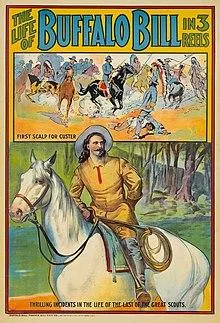
In 1887, invited by the British businessman
John Robinson Whitley, Cody took the show to
Great Britain in celebration of the Jubilee year of
Queen Victoria, who attended a performance. It
played in London and then in Birmingham and Salford, near Manchester, where it stayed for five months.
In 1889, the show toured Europe, and, in 1890, Cody met Pope Leo XIII. On March 8, 1890, a competition took place. Buffalo Bill had met some Italian
butteri (a less-well-known sort of Italian equivalent of cowboys) and said his men were more skilled at roping calves and performing other similar actions. A group of Buffalo Bill's men challenged nine butteri, led by Augusto Imperiali, at Prati di Castello neighbourhood in Rome. The butteri easily won the competition. Augusto Imperiali became a local hero after the event.
Royalty from all over Europe attended, including the future Kaiser Wilhelm II and the future King George V. These royal encounters provided Buffalo Bill's Wild West an endorsement and publicity that ensured its success. Also, at this time, Buffalo Bill was presented with written accolades from several of America's high ranking generals including William T. Sherman, Philip H. Sheridan and William H. Emory testifying to his service, bravery, and character. Among the presentations was a document signed by
Governor John M. Thayer of Nebraska appointing Cody as aide-de-camp on the Governor's staff with the rank of colonel dated March 8, 1887. The rank had little official authority but the English press quickly capitalized on the new title of "Colonel Cody".
Buffalo Bill's Wild West closed its successful London run in October 1887 after more than 300 performances, with more than 2.5 million tickets sold.
The tour made stops in Birmingham and Manchester before returning to the United States in May 1888 for a short summer tour
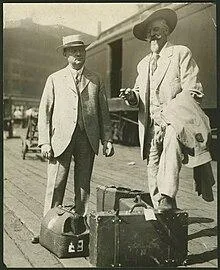
Buffalo Bill's Wild West returned to Europe in May 1889 as part of the Exposition Universelle in Paris, an event that commemorated the 100th anniversary of the Storming of the Bastille and featured the debut of the Eiffel Tower. On this tour, his portrait was painted by Europe's leading female painter Rosa Bonheur. The tour moved to the South of France and Barcelona, Spain, then on to Italy. While in Rome, a Wild West delegation was received by Pope Leo XIII. Buffalo Bill was disappointed that the condition of the
Colosseum did not allow it to be a venue; however, at
Verona, the Wild West did perform in the ancient Roman amphitheater. The tour finished with stops in Austria-Hungary and Germany.
In 1891 the show toured cities in Belgium and the Netherlands before returning to Great Britain to close the season. Cody depended on several staffs to manage arrangements for touring with the large and complex show: in 1891 Major Arizona John Burke was the general manager for the Buffalo Bill Wild West Company; William Laugan, supply agent; George C. Crager, Sioux interpreter, considered leader of relations with the Indians; and John Shangren, a native interpreter. In 1891, Buffalo Bill performed in
Karlsruhe, Germany, in the Südstadt Quarter. The inhabitants of Südstadt are nicknamed
Indianer (German for "American Indians") to this day, and the most accepted theory says that this is due to Buffalo Bill's show. In October Cody brought the show to Dennistoun, Glasgow, where it ran from 16 November until 27 February 1892 in the East End Exhibition Building, and George C. Crager sold The Ghost Shirt to the Kelvingrove Museum.
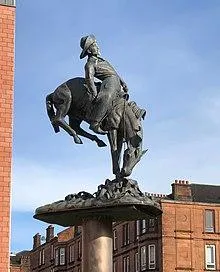
The show's 1892 tour was confined to Great Britain; it featured another command performance for Queen Victoria. The tour finished with a six-month run in London before leaving Europe for nearly a decade.
Buffalo Bill's Wild West returned to Europe in December 1902 with a fourteen-week run in London, capped by a visit from King Edward VII and the future King George V. The Wild West traveled throughout Great Britain in a tour in 1902 and 1903 and a tour in 1904, performing in nearly every city large enough to support it. The 1905 tour began in April with a two-month run in Paris, after which the show traveled around France, performing mostly one-night stands, concluding in December. The final tour, in 1906, began in France on March 4 and quickly moved to Italy for two months. The show then traveled east, performing in Austro-Hungarian territories of Bohemia (now the Czech Republic) and Croatia-Slavonia, before returning west to tour in Galicia (now part of Poland), then Germany, and Belgium. The show was enormously successful in Europe, making Cody an international celebrity and an American icon.
Mark Twain commented, "It is often said on the other side of the water that none of the exhibitions which we send to England are purely and distinctly American. If you will take the Wild West show over there you can remove that reproach." The Wild West
brought an exotic foreign world to life for its European audiences, allowing a last glimpse at the fading American frontier..
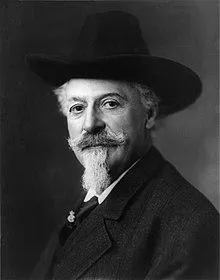
OFFERED GOOD PAY AND IMPROVED LIVES
As a frontier scout, Cody respected Native Americans and supported their civil rights. He employed many Native Americans, as he thought his show offered them good pay with a chance to improve their lives. He described them as "the former foe, present friend, the American"
Cody supported the rights of women
He said, "What we want to do is give women, even more, liberty than they have. Let them do any kind of work they see fit, and if they do it as well as men, give them the same pay." Women such as Annie Oakley and Calamity Jane had legendary roles in his show, and later in life Cody continued to hire and treat women fairly. Cody said in an interview in 1898, "Set that down in great big black type that Buffalo Bill favors woman suffrage… These fellows who prate about the women taking their places make me laugh… If a woman can do the same work that a man can do and do it just as well, she should have the same pay."
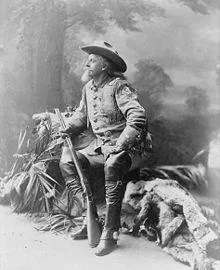
Frequently Asked Questions
The asking hat is better than the not knowing hat!

Is there additional parking?
YES, There is another parking lot on Miramar with more parking spaces than the main lot. When you look out the Miramar entrance you should see a sign that says Old Town Overflow Parking Lot.
What does The Nutcracker symbolize?
Strength and power, as it steadfastly watches over the family, ensuring a protective presence that keeps danger at bay.
Why are nutcrackers dressed like western soldiers?
Nutcrackers dressed like Western soldiers often draw inspiration from historical military uniforms, particularly those associated with the Wild West era. This design choice reflects a nostalgic nod to the frontier days, embodying the spirit of adventure, resilience, and the iconic imagery of cowboys, cavalry, or other figures from the American Western frontier.
What is the connection between The Nutcracker and old town ?
The Nutcracker becomes a symbol that adds a touch of nostalgia and vibrancy to Old Towns during this special time. Whether gracing shop displays or captivating audiences in theaters, The Nutcracker serves as a unifying element, fostering community engagement and contributing to the overall festive spirit within these historic districts.
What inspired the creation of Western-themed nutcrackers?
The creation of Western-themed nutcrackers draws inspiration from the rich cultural and historical tapestry of the Wild West. Artisans and creators have been inspired to capture the rugged spirit, iconic imagery, and adventurous narratives associated with the frontier era. Western nutcrackers often pay homage to cowboys, pioneers, and the unique lifestyle of the American West, reflecting a desire to blend holiday tradition with the distinctive charm and nostalgia of the wild frontier.
Are there specific symbols or motifs commonly found in Western nutcrackers?
Western-themed nutcrackers commonly feature symbolic motifs associated with the Wild West, including cowboy hats, boots, wildlife imagery, rodeo-inspired elements, revolvers, canteens, Southwestern patterns, and references to frontier life. These distinctive symbols collectively create a unique and evocative representation of the Wild West era, allowing Western nutcrackers to serve as both decorative pieces and nostalgic tributes to the rugged spirit and cultural heritage
LEARN ABOUT OTHER FAMOUS OLD TOWNS: Old Town San Diego, Old Towne Orange, Old Town San Clemente, Old Town Monrovia, Old Town Tamecula, Old Town Pasadena, Old Town Sacramento, Old Town Bern, Old Town Stockholm, Old Town Prague, Old Town Lijiang, Old Town Alexandria, Old Town Albuquerque, Old Town Cottonwood, Old Town Quedlinburg, Old Town Rothenburg ob der Tauber, Old Town Marienplatz Munich, Flipside Point, Alexanderplatz Old Town Berlin, Old Town Chicago, Old Town Kissimmee Florida, Phuket Old Town, Old Town Asakusa, Old Town Madrid Major Square, Kraków Old Town, Old Town London Piccadilly Circus,
This website is owned and operated by (c) 2025 - University of San Clemente Inc.
